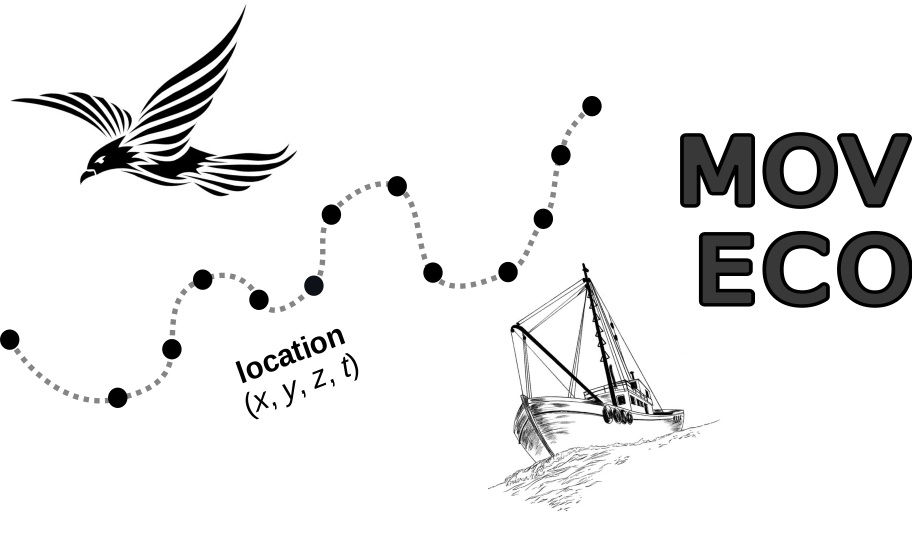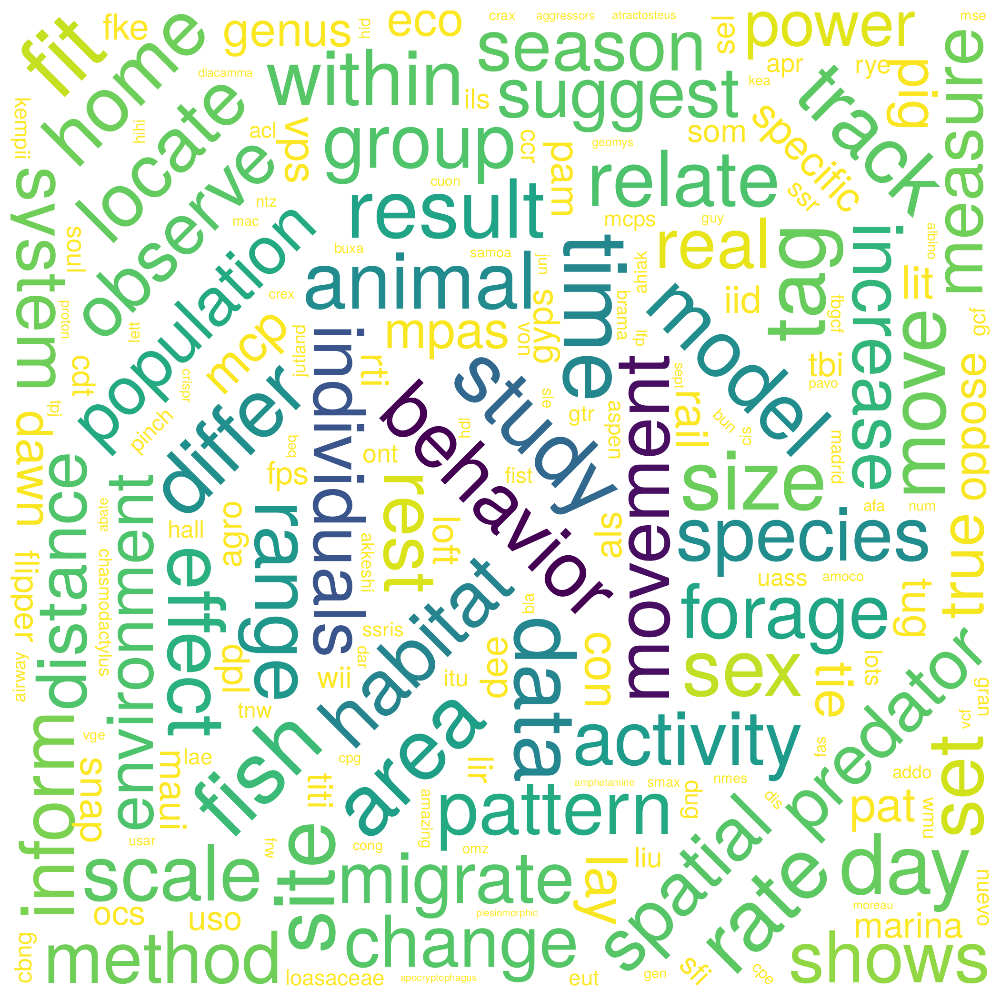Recent trends in movement ecology of animals and human mobility
2022-05-10
1 Introduction

This is the companion website for the manuscript “Recent trends in movement ecology of animals and human mobility,” a quantitative review of animal and human movement literature in 2009-2018 from Joo et al., serving as the manuscript’s supplementary information page. The R codes for the analyses are available in this GitHub repository.
A version of this manuscript is available as an arXiv pre-print.
1.1 Abstract of the manuscript
Movement is fundamental to life, shaping population dynamics, biodiversity patterns and ecosystem structure. In 2008, the Movement Ecology Framework (MEF; Nathan et al. 2008) introduced an integrative theory of organism movement—linking internal state, motion capacity, and navigation capacity to external factors—which has been recognized as a milestone in the field. Since then, the study of movement experienced a technological boom, which provided massive quantities of tracking data of both animal and human movement globally and at ever finer spatio-temporal resolutions. In this work, we provide a quantitative assessment of the state of research within the MEF, focusing on animal movement, including humans and invertebrates, and excluding movement of plants and microorganisms. Using a text mining approach, we digitally scanned the content of >8000 papers from 2009-2018 available online, identified tools and methods, and assessed all components of the MEF. Over the past decade, the publication rate has increased considerably, along with major technological changes, such as an increased use of GPS devices and accelerometers and a majority of studies now using the R software environment for statistical computing. However, animal movement research still largely focuses on the effect of environmental factors on movement, with much less focus on motion and navigation. We discuss the potential for technological and methodological advances in the field to lead to more integrated and interdisciplinary research and increased exploration of key movement processes like navigation and the evolutionary, physiological, and life-history consequences of movement.
